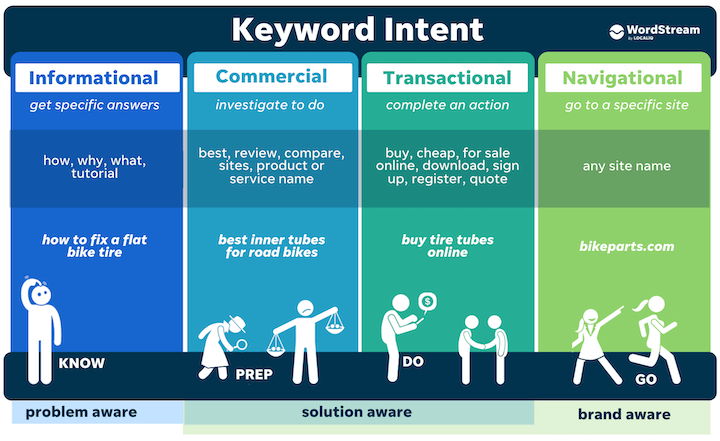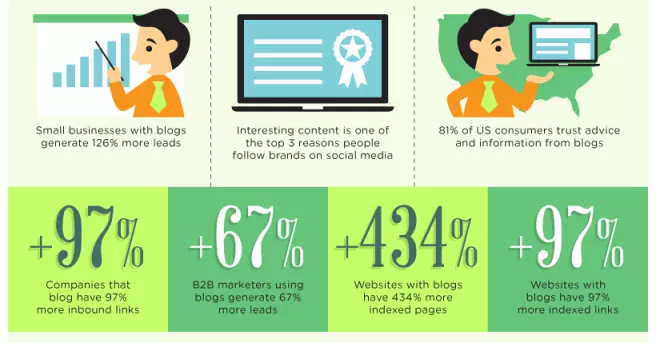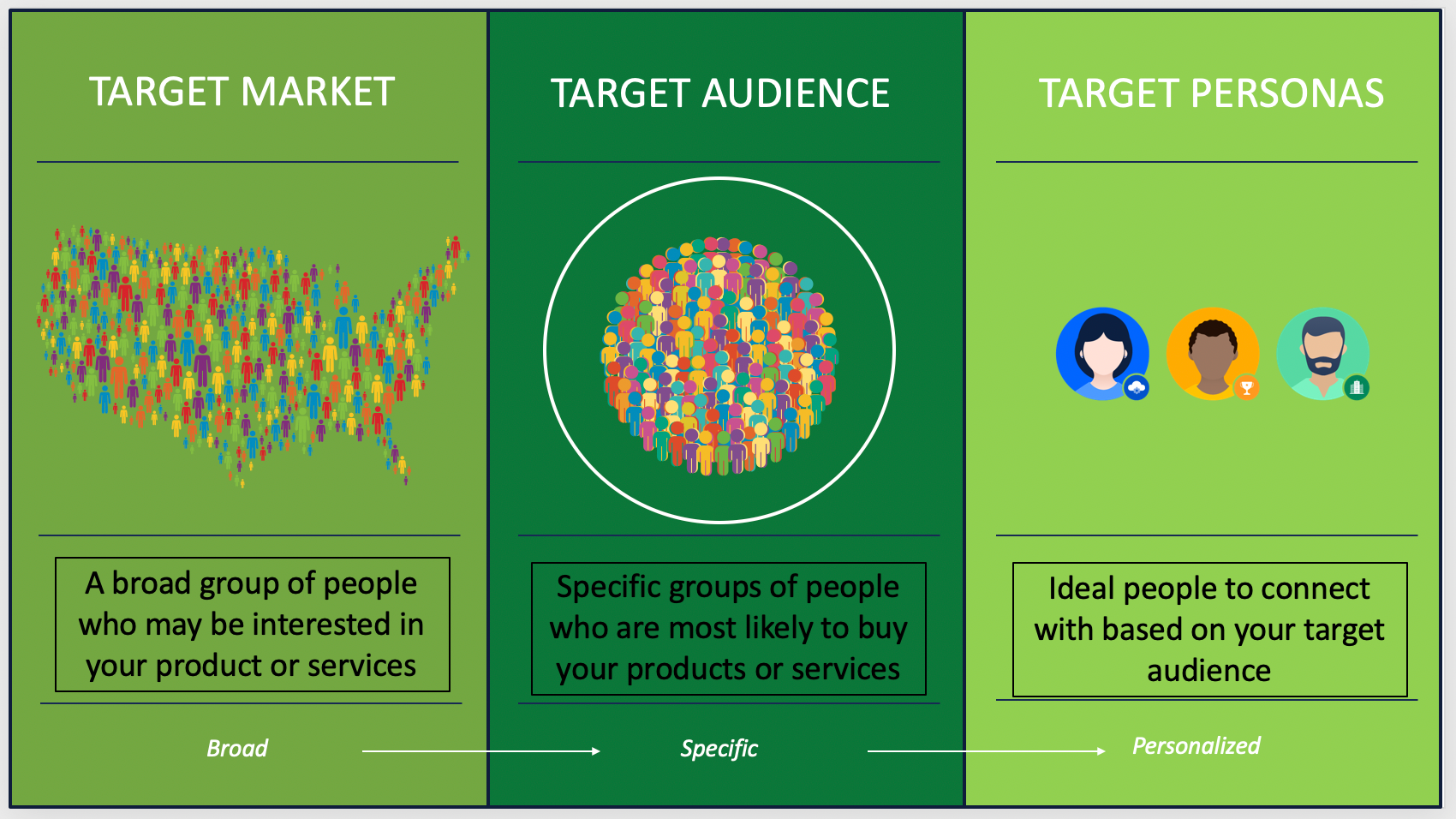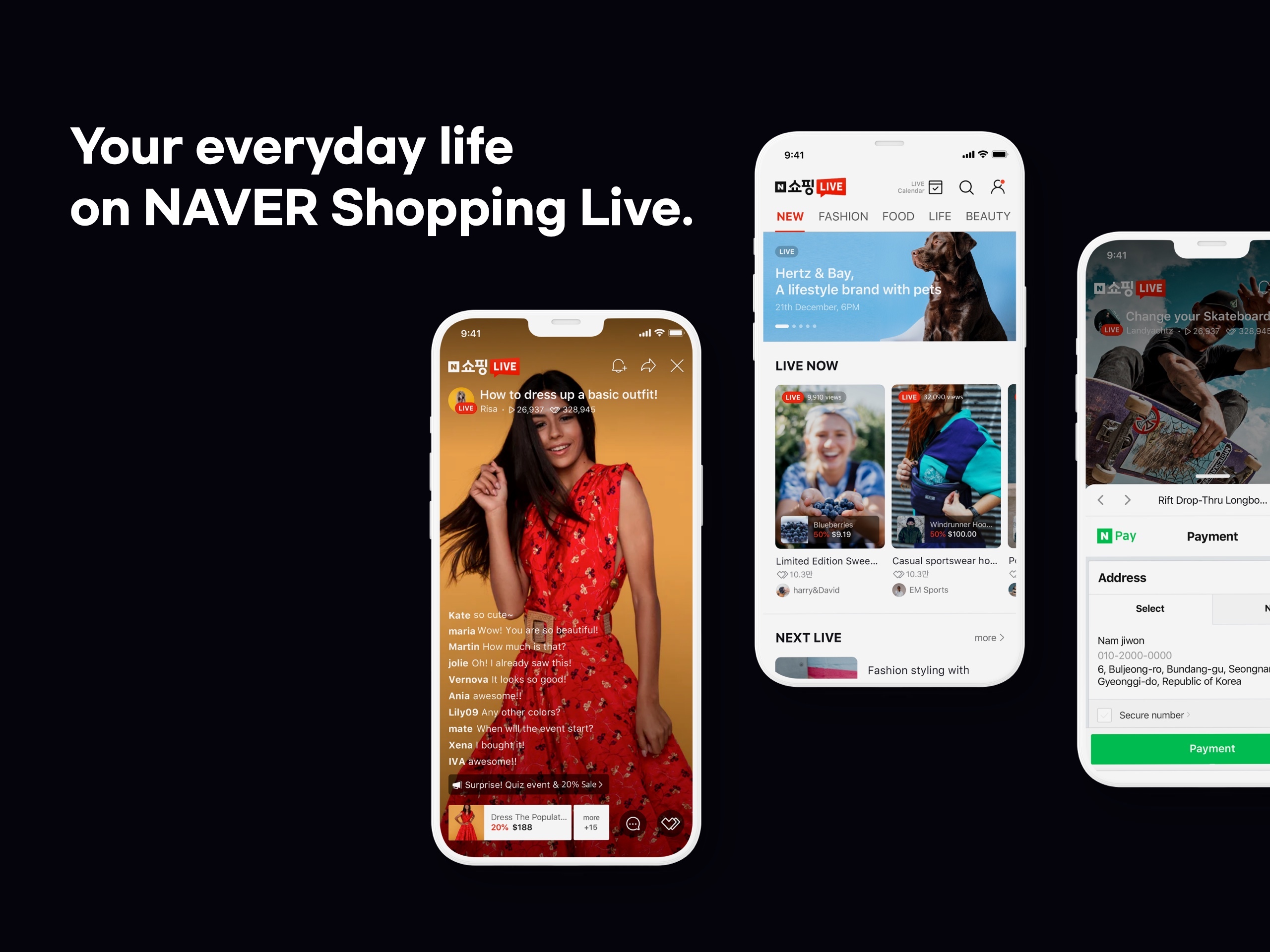Regularly posting high-quality content on your corporate blog website increases visibility in search engines, which in turn leads to increased traffic for your site.
Providing useful information related to your products or services through your corporate blog can greatly assist in attracting potential customers.
Additionally, you can generate leads by encouraging blog readers to subscribe to newsletters or sign up for free trials.
Through corporate blogs, you can also communicate the value and expertise of your brand or build relationships by engaging with readers.
Such activities help boost brand awareness and customer loyalty.
While there are many benefits to running a corporate blog, the majority of blogging efforts tend to fail.
The main reason corporate blogs fail is that they start without understanding their audience. Blogs that focus only on what the company wants to say, without considering the interests of the target audience, struggle to gain traction.
Content marketing through a corporate blog requires a long-term strategy, but if done effectively, it can greatly benefit business growth.
This guide covers everything you need to know to grow your corporate blog, from foundational elements to promotional strategies.
💡 Check this guide to learn about successful content marketing strategies.
How to Identify Corporate Blog Users
Understanding Who is Reading Your Content
Identifying and categorizing your blog users is an essential step toward successful blog marketing.
By identifying and categorizing users, you can provide more targeted content to your readers, better understanding their needs and interests.
Knowing who is reading your blog is crucial for several reasons:
Relationship Building: Understanding your audience helps you build relationships. By responding to comments and questions and engaging on social media, you can create a community around your blog, increasing loyalty and brand advocacy.
Tailored Content: You can customize your content to meet specific needs and interests, increasing the relevance of your blog for the target audience and enhancing engagement, which may lead to conversions.
Performance Measurement: Understanding your audience helps measure your blog’s success. Track metrics like page views, bounce rate, and time spent on the page to see what resonates with potential customers and what doesn’t. This information can be used to improve blog performance.
Understanding Negative Personas

Negative Buyer Personas represent those who are not ideal customers. Analyzing and understanding negative personas helps you avoid creating content that may be irrelevant or off-putting to them.
For example, in a software company, a negative persona could be someone uninterested in technology or lacking the budget for the product. Understanding these personas helps avoid producing overly technical or unaffordable content.
Persona Development Strategy
To identify your corporate blog’s target audience, follow these steps:
- Analyze Existing Customers: Look at your best customers. What are their demographics, interests, and pain points? By understanding them well, you can craft content that captures their attention.
- Conduct Market Research: Understand industry trends and the challenges your target audience faces. This allows you to create relevant and timely content.
- Analyze Competitors: Study what content your competitors are creating and who they are targeting. This can help you better understand your target audience and how to reach them.
Methodology
- Interviews with Readers and Users
- Analyzing Contact Databases
- Using Forms to Capture User Information
- Examining Who the Sales Team Engages with Most Frequently
These methods allow you to analyze who is likely to read your corporate blog and develop personas based on insights gathered from real-world data.
Creating Engaging Blog Content
Your readers are influenced by every part of the blog, from style to topic. To attract organic traffic, it’s essential to write about topics users are actively searching for. Here’s how you can achieve that:
Finding Persona-Centered Keywords

Finding the right keywords involves understanding what your target audience searches for when seeking solutions or information. Using these keywords helps create relevant content that drives engagement and increases the likelihood of turning visitors into leads.
Here are some ways to find persona-centered keywords:
- Start with Buyer Personas: Understanding your buyer personas will help you identify the keywords they are most likely to search for.
- Use Keyword Research Tools: Tools like Google Keyword Planner or SEMrush can help you find relevant keywords and their search volumes.
- Analyze Competitors: Study your competitors’ websites and identify the keywords they focus on.
Creating a List of Corporate Blog Content Ideas

Once you’ve developed a persona-based keyword list, you can begin generating content ideas.
Think about various types of content that might interest your target audience. Do they prefer blog posts, news articles, or technical white papers? Do they like watching videos or listening to podcasts? Create a list of various content types using persona-based keywords.
Finally, prioritize your topics. Not all topics are created equal. Some will be more relevant and engaging for your target audience than others. Set priorities based on your audience’s needs and interests.
Brainstorm a list of topics that can be written based on each persona-based keyword. For example, if the keyword is “content marketing,” you could write about “how to develop a content marketing strategy,” “tips for writing effective blog posts,” or “how to promote content.”
Persona-based keywords make your content more relevant to your target audience. By creating engaging content based on this data, you can increase corporate blog visitors and generate more leads.
Finding an Engaging Corporate Blog Identity
Successful corporate blogs have a unique personality. While it may not be a measurable factor, personality is one of the core aspects of a brand because people are drawn to brands they can relate to.
In life, we tend to form friendships with people who share our tastes and ideas. The same applies to business blogs. Blog readers tend to consume content from brands that resonate with their personality, lifestyle, and interests.
Earlier, we explored the preliminary work of identifying the content types your audience desires. Now, it’s time to strategize how to create the content. This includes selecting the tone of voice or the image you want to portray.
A good example of a successful corporate blog with a strong identity is Red Bull. Red Bull creates content aimed at an active and energetic audience, presenting it in a style that suits its brand.
Consistent Uploads

The posting frequency of corporate blogs is slightly different from that of social media or email newsletters. You need to consider the frequency and timing of your content posts.
First, review the type of content you’re creating and the time it takes to produce. This will help you calculate how often you can post on your blog.
Also, keep your reader’s habits in mind when scheduling uploads. Think about when they are likely to be online and ready to engage.
For example, Growth Marketing Agency typically uploads at 10 a.m., considering the decision-makers in the business sector.
Once your schedule is set, stick to it. Whether you post daily or weekly, consistency is key.
After determining your blog’s posting frequency and audience, use a blog calendar to manage this process in the long term. Pre-planning your posting schedule ensures consistency and efficiency for your corporate blog team.
Optimizing Blog Posts to Increase Traffic

Even if you’ve created a corporate blog that matches your audience’s personality, the internet is vast and competitive. To drive new blog traffic, you need to optimize your posts so search engines can easily find them.
For more details on search engine optimization (SEO), check out Growth Marketing Agency’s SEO guide. Here, we’ll briefly summarize the practical aspects for running your blog.
Optimizing Post Structure
- Custom URLs: A blog post’s URL is one of the first things search engines crawl. Create unique URLs that include your blog post’s main keyword. A URL that’s both search engine and user-friendly can significantly impact how quickly your content ranks higher.
- Compelling Titles: Create curiosity-provoking titles that naturally include the words and phrases your target audience searches for. Statistics show that blog titles with 6-13 words generate the most traffic (in English). Search engines will not favor content with high click-through rates but low engagement.
- Section Headings: Nearly 50% of people skim blog posts. Make your corporate blog easy to scan by creating clear section headings.
- Table of Contents: Users may only want to read one or two sections. Providing a hyperlinked table of contents allows them to navigate your content easily.
- Responsive Design: All elements of your corporate blog website must be responsive, ensuring it’s readable on any device. Some business websites remain incompatible with mobile devices, which gives users the impression that the business isn’t attentive to its web presence, resulting in negative feedback.
Optimizing Post Content
- Keyword-Relevant Content: Distribute target keywords throughout the corporate blog post. Include commonly used terms related to the keyword as well. However, forcing keywords unnaturally into the content can hurt the reader experience.
- Avoid Jargon: No one wants to reach for a dictionary while reading your blog. Use simple, conversational language to explain concepts. Accessible content improves the reader experience.
- Short Paragraphs: Readers find it easier to scan blog posts broken into short sections.
- Internal Links: Encourage users to explore more content by including internal links to related posts.
Optimizing Images
- Use images that support the content and enhance comprehension.
- Include alt-text for all images, which serves as a description if the image fails to load and helps search engines understand the image’s content, potentially leading to more visibility in image-based search results.
Optimizing Engagement
- Share Buttons: Make it easy for readers to share your content with social sharing buttons.
- Enable Comments: Reader feedback can provide valuable insights for future content.
- Smart CTAs: Offer personalized content based on the different lifecycle stages of your database. Showing the right message at the right time can boost engagement and conversions.
Promoting a Corporate Blog
Expanding your subscriber base is essential for any business blog. Subscribers are your most engaged readers and are more likely to convert into customers or leads. However, no corporate blog can thrive without promotion.
Here, we’ll introduce ways to promote your blog and drive new traffic, as well as how to convert mere “visitors” into “subscribers.”
Corporate Blog Promotion Strategy
Following this strategy will help you grow your subscriber base and effectively promote your business blog.
Paid advertising platforms like Google Ads and Facebook Ads can be excellent tools for reaching more potential customers and promoting your blog.
Industry events provide great opportunities to network with potential customers and subscribers. Bring your business cards and prepare a plan for promoting your blog.
Industry influencers can help secure new leads and promote your blog. Reach out to influencers and offer free products or services in exchange for reviews or blog mentions.
Subscriber Growth Strategy
First, make it easy to subscribe. The subscribe button should be clearly visible on your blog and website. You can also offer a pop-up subscription form when visitors first arrive on your site.
Once you’ve built a subscriber list, use email marketing to promote your latest blog posts and other content. Segment your list so you can send targeted emails to different subscriber groups.
In the past, it was common to ask for email addresses to send newsletters or magazines. Today, more users are hesitant to share their email addresses just to receive post updates.
Therefore, offering subscription incentives is a good strategy. You can provide discounts, free e-books or white papers, or exclusive content only available to subscribers.
Additionally, share links to your latest blog posts on social media. You can also run contests or giveaways on social media that require blog subscription for entry.
For more on the channel mix strategy to expand your corporate blog’s reach, refer to this article.
Guest posting is another great way to acquire new leads and promote your business blog. When guest posting on other blogs, include a link back to your blog in your author bio.
Start Corporate Blogging with a Strategy
Many companies are focusing on content marketing, realizing the importance of having a corporate blog.
However, it’s essential to have a solid strategy and set goals before jumping in. A blog is not just a platform for sharing information but a vital tool for communicating your brand’s values and philosophy to customers.
Therefore, corporate blog content must maintain brand consistency while offering unique and fresh information.
As experts in corporate blogging, Growth has successfully managed numerous corporate blogs.
Our expertise shines through in every phase, from content creation to content management and audience engagement.
We understand your brand’s value and excel in delivering content that effectively communicates this value.
For brands preparing their next year marketing strategies, we confidently say that running a corporate blog is not just an option but a necessity—and it requires a strategic approach.
We are the most reliable partner in setting and executing that strategy. With us, your corporate blog will be a powerful tool for growth.






